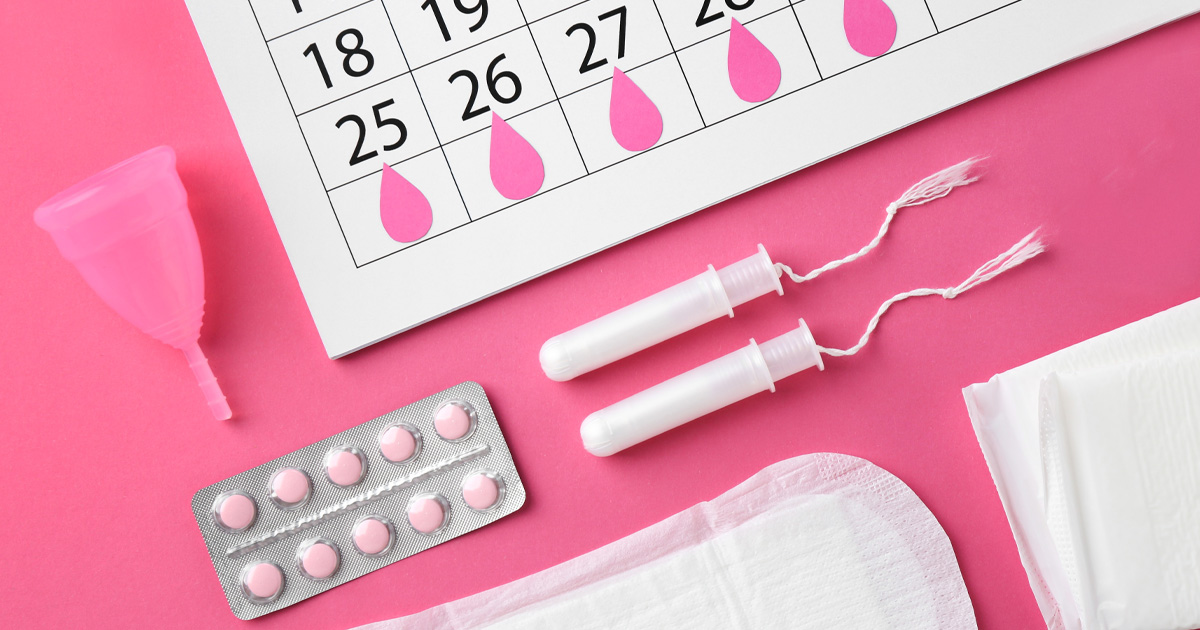
Preventive Care, Self-care
High Blood Pressure: What Women Need To Know
High blood pressure, also known as hypertension, is often referred to as a “silent killer” because it can cause significant damage to your heart and arteries without showing obvious symptoms. In fact, heart disease remains the number one killer of women, above other common diseases like breast cancer. For women, this condition poses even greater risks, potentially impacting health during crucial life stages such as pregnancy and menopause. Let’s dive into what you need to know, so you can stay ahead of the game and protect your heart health.
What Is High Blood Pressure?
Ever wondered what those two numbers mean when you check your blood pressure? Blood pressure is a reading that indicates the force of blood in your arteries, helping to assess your overall heart health. Blood pressure can be monitored through an at-home blood pressure cuff or in-office as part of your regular wellness checks with your provider. It’s easy to check, and can offer a wealth of knowledge in managing your health.
There are two numbers to be aware of when checking your blood pressure:
- Systolic Blood Pressure: The top number in a blood pressure reading is known as systolic blood pressure. Systolic represents the pressure in your arteries when your heart beats and the blood empties.
- Diastolic Blood pressure: The bottom number in a blood pressure reading is known as diastolic blood pressure. Diastolic measures the pressure in your arteries when your heart is at rest and refills with blood.
So, what numbers should you be looking for? Let’s break it down.
According to the American Heart Association, a healthy blood pressure range for adults is considered to be a systolic pressure of less than 120 mmHg and a diastolic pressure of less than 80 mmHg; or below 120/80 mm Hg. High blood pressure (hypertension), on the other hand, can fall into a few different categories.

High Blood Pressure and Women’s Health
High blood pressure can also affect woman uniquely at different points in our lives – from pregnancy to menopause. The Centers for Disease Control and Prevention estimates that a staggering 44% of women have high blood pressure. Yes, nearly half of women have it – and many don’t even know it. If left untreated, high blood pressure can have serious consequences including raising a woman’s risk of heart disease, stroke, and kidney disease. So, what can you do? Staying informed and proactive is key! Keep reading below for some important tips.
Pregnancy Considerations
Gestational hypertension is high blood pressure that develops during pregnancy, typically after the 20th week. It’s estimated that 1 in 10 women will develop a hypertensive disorder of pregnancy. It usually goes away after delivery but can lead to complications if not managed properly. Preeclampsia is a more severe condition that involves high blood pressure and signs of damage to organs, often the kidneys or liver, during pregnancy. It can also occur after the 20th week and can cause serious health risks for both the mother and baby if left untreated.
It’s critical to stay on top of your prenatal care and regular monitoring during pregnancy. If you have a history of hypertension or preeclampsia from previous pregnancies, it’s important to work with your provider to help take preventive steps to manage the condition.
Menopause Considerations
Hormonal changes during menopause can increase a woman’s risk of developing high blood pressure. A decrease in estrogen levels can cause blood vessels to narrow and become less flexible, leading to increased blood pressure. Additionally, as women go through menopause the hormonal shift can make it more likely to carry additional weight, particularly around the midsection which can further increase hypertension risk.
Steps To Managing Blood Pressure
While genetics do play a role in developing high blood pressure, there are several preventive measures you can take to help lower your risk. Don’t feel like high blood pressure is inevitable. You can take control!
- Diet: Following a heart healthy diet that’s low in sodium and rich in vitamins, minerals, and antioxidants is key. Choose fruits and vegetables, whole-grains, nuts and seeds, lean protein, and healthy fats like avocado. You can make small swaps in your meals that can have big impacts on your heart health!
- Exercise: Physical activity, especially aerobic exercises (like walking, jogging, swimming) that get your heart rate up, can help strengthen your heart and improve overall cardiovascular health.
- Stress Reduction: Techniques such as yoga, meditation, and getting 7-8 hours of sleep a night can help reduce cortisol levels and manage stress.
- Limit Alcohol and Caffeine: Excessive caffeine intake can cause a temporary increase in heart rate and blood pressure, which may create risk for people with existing heart conditions. Both alcohol and caffeine can disrupt sleep, and poor sleep quality has been linked to higher blood pressure and heart disease. Consider skipping that extra cup of coffee or extra late night glass of wine, your heart will thank you!
Taking Charge Of Your Health
Understanding and managing high blood pressure is crucial for women at every stage of life. By staying informed, monitoring your numbers, and adopting heart-healthy habits, you can take proactive steps to protect your health. If something doesn’t feel right, don’t wait – talk to your Axia Women’s Health provider and take steps to protect your heart health.
















































